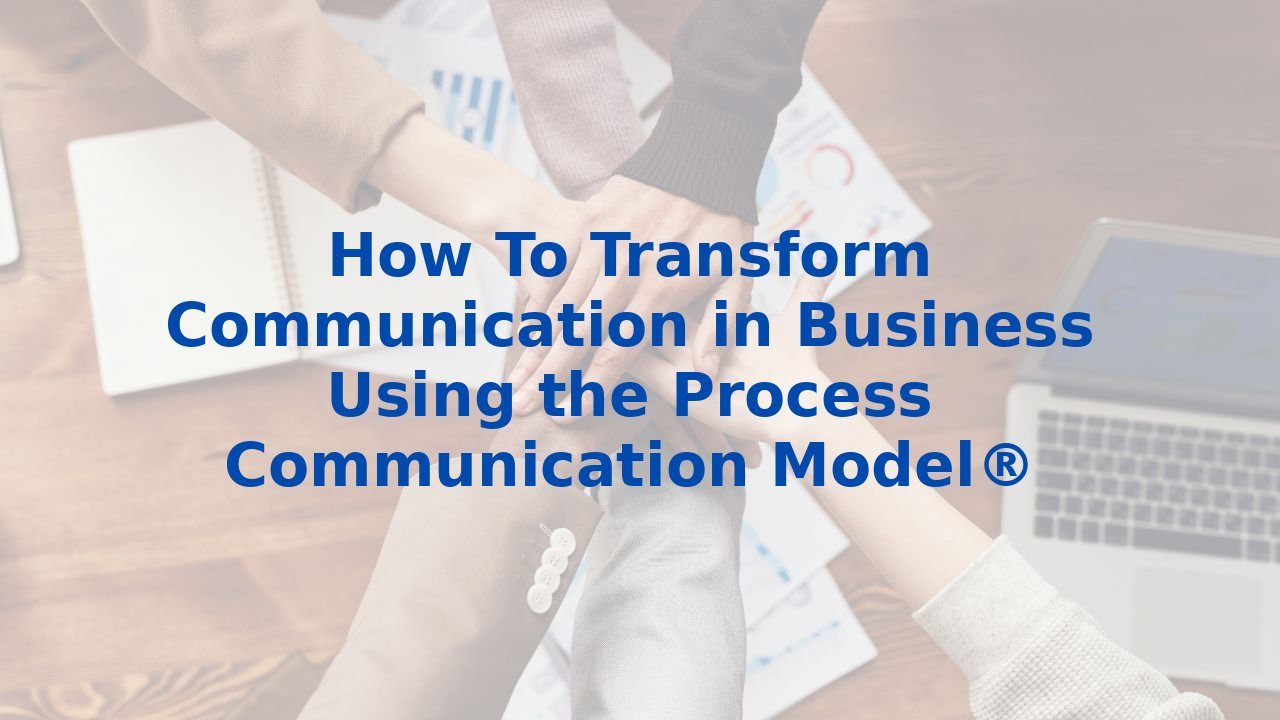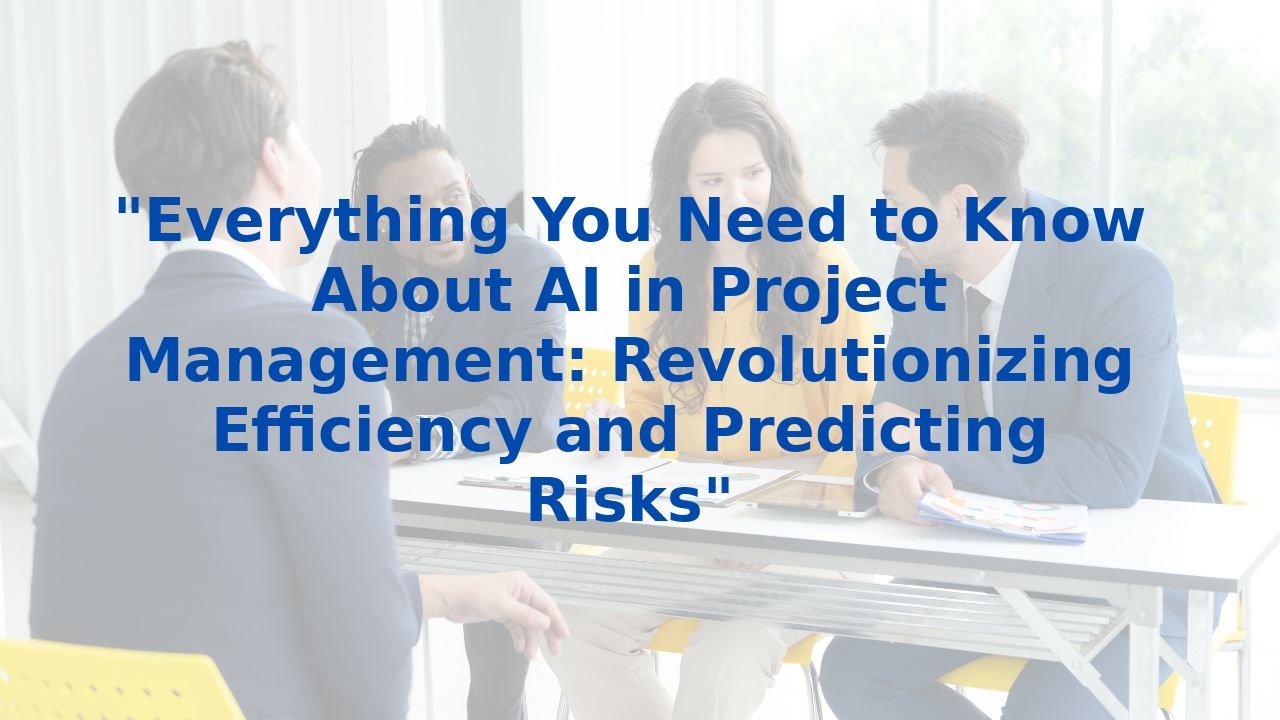How To Transform Communication in Business Using the Process Communication Model®
Transforming Communication in Business: The Power of Process Communication Model®
In today’s fast-paced business environment, effective communication is crucial, especially for high-achieving managers tasked with leading diverse teams. Consider a recent coaching journey I had with a remarkable manager at an international corporation—one who had proven her mettle in meeting targets but struggled with confrontational conversations. This scenario shines a spotlight on a deeper issue many organizations face: the need for refined communication strategies. By leveraging the Process Communication Model® (PCM), we made significant strides toward enhancing her communication skills and improving overall business processes.
Understanding the Process Communication Model®
The Process Communication Model® is a robust framework designed to help individuals understand their own communication styles, stress responses, and the dynamics of interpersonal relationships. In our sessions, we identified the manager's unique profile, which unveiled her primary communication modes. Understanding these aspects allowed us to pinpoint areas for improvement. It was not just about teaching her new strategies; it was about fostering an awareness that paved the way for greater empathy, active listening, and conflict resolution—all essential components of effective leadership.
Transforming Difficult Conversations
Confronting challenging conversations is often daunting, but with the insights from PCM, our coaching sessions transformed her approach. We practiced scenarios, role-playing difficult conversations that she needed to navigate. As she became more comfortable using her PCM profile as a guide, the tension melted away, replaced by a newfound confidence. The result? Vital discussions that once sent shivers down her spine became opportunities for connection and collaboration.
“The real power of communication lies not in the words spoken, but in the understanding gained.”
Enhancing Business Processes with AI
While PCM proved invaluable for improving communication, the integration of artificial intelligence (AI) into business processes can further enhance organizational efficiency. By streamlining communication patterns and utilizing data analytics, AI can assist leaders in identifying potential project roadblocks, monitoring team dynamics, and predicting stress behaviors before they escalate. Imagine an AI-driven system that flags common friction points within a team communication process, offering timely interventions based on predictive behavior models. This proactive approach can create a harmonious work environment, allowing employees to remain at their best.
The Training Imperative: Preparing Employees for an AI-Driven Future
To harness the transformative effects of AI, organizations must invest in training their employees. This kind of training empowers team members, equipping them with the knowledge and tools needed to thrive in an AI-centric landscape. When employees understand AI technologies, they become active participants in the transformation process rather than passive observers. Training instills a sense of confidence, encouraging staff to embrace AI-driven tools that can optimize their day-to-day tasks—a crucial factor in increasing job satisfaction and productivity.
Fostering a Culture of Continuous Improvement
Successful organizations recognize that both communication and the adoption of AI technologies are ongoing journeys rather than one-time events. Integrating teaching methods like PCM into regular training routines nurtures an environment of continuous improvement. Similarly, as AI expands in capabilities, so too must employees evolve in their understanding of its applications. Companies should not only invest in training programs but also foster a culture that embraces learning, adaptation, and growth.
Conclusion: Navigating the Future with Empathy and Innovation
The coaching experience I had with a high-achieving manager illuminated a pivotal shift in communication strategy through the Process Communication Model®. Moreover, by integrating AI into business processes and providing comprehensive training, organizations can arm their teams with powerful tools to deal with the complexities of contemporary work life. When we synergize effective communication with AI-driven efficiency, we position ourselves not just for survival, but for thriving in an ever-evolving business landscape. As leaders, let’s dream big and act smart, stepping confidently into the future.
For organizations seeking to equip their workforce with AI skills, consider implementing a structured training program to ensure your team is both prepared and confident in the face of transformation. Invest in your employees, invest in AI—your future will thank you.



